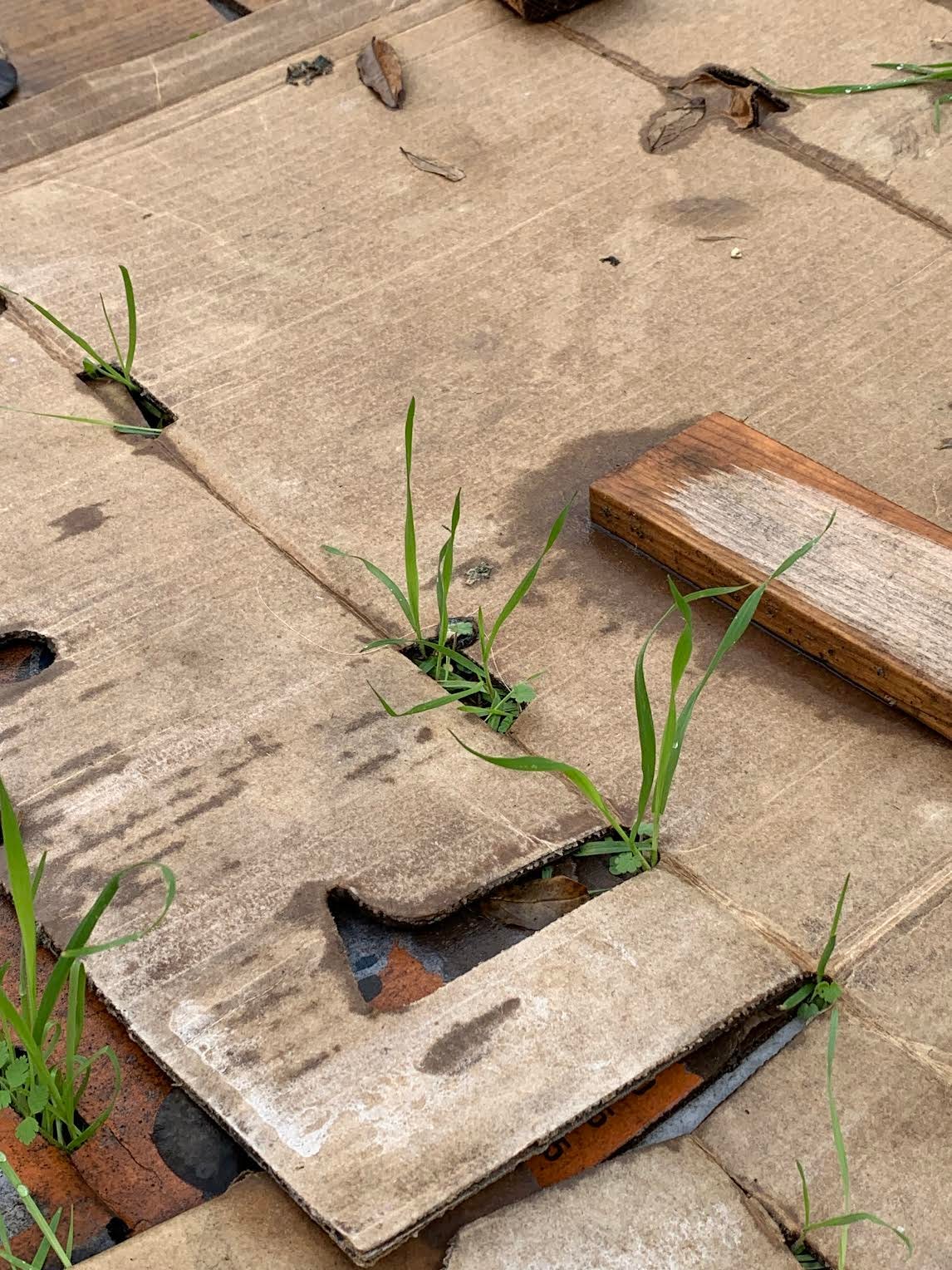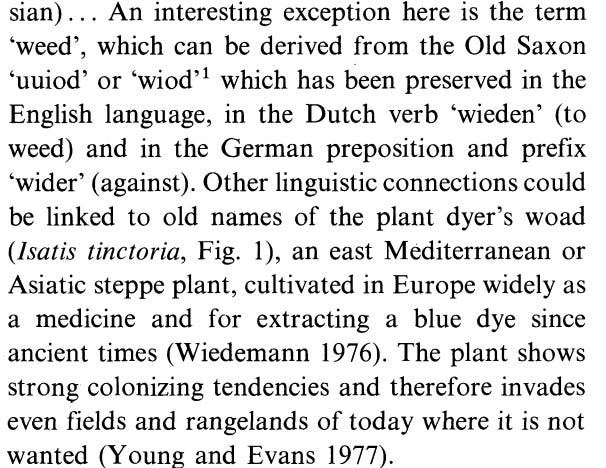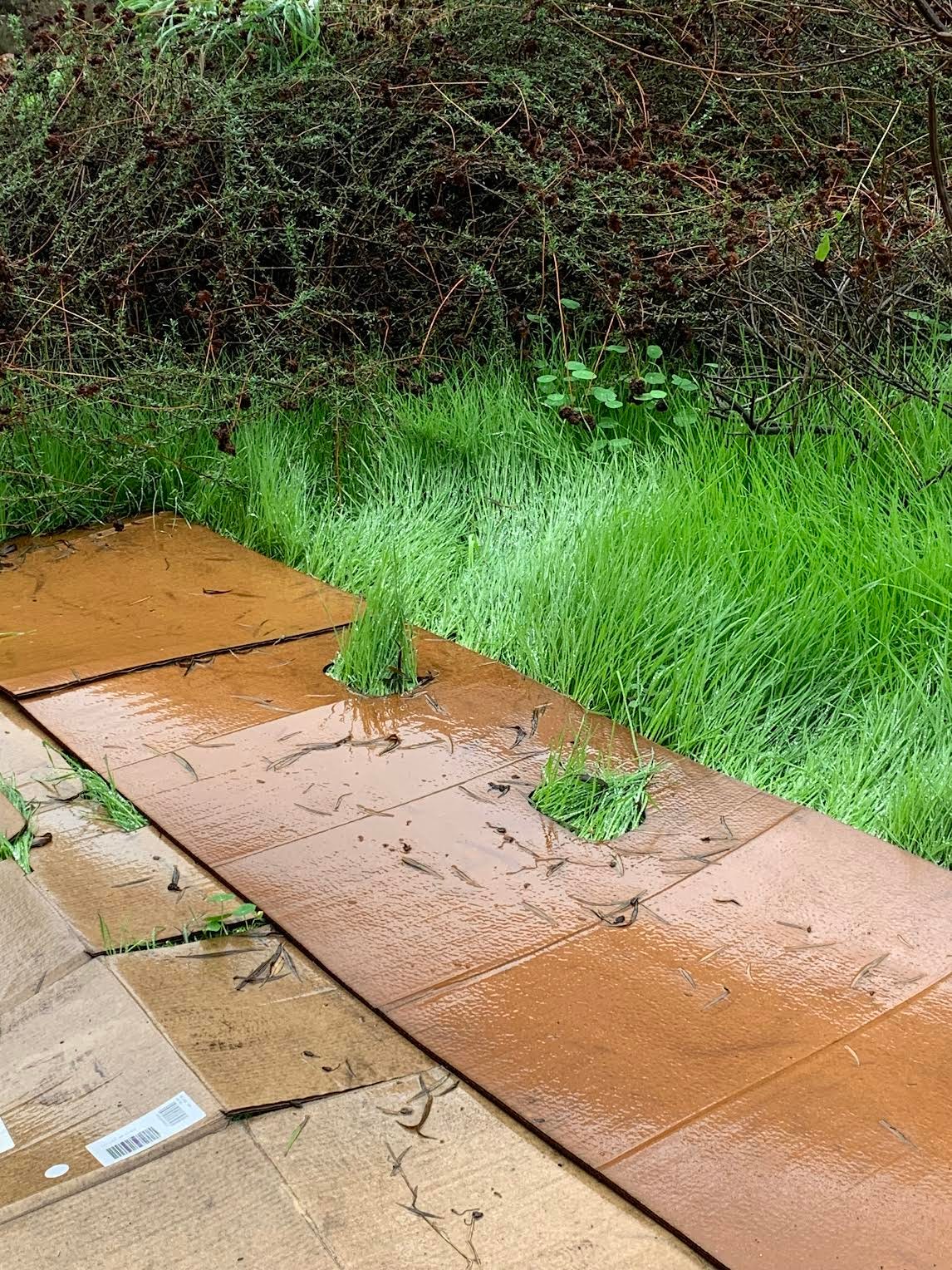Why do weeds exist?
And what you should do about putting them in your compost.
Over the summer, I got a text from a friend: “What species is a weed plant?” he asked. I stared at the question for what must have been twenty minutes, perplexed. I couldn’t figure out how to respond in a way that might both clarify his intentions and illuminate his misunderstanding, all without embarrassing him. “What type of plant are you looking at?” I wrote back, carefully. “You know,” he replied. There was a short pause. Then: “A weed one.”
I think about this exchange all the time. My friend’s confusion—that a “weed” is one specific type of plant versus a broad and overarching perception of potentially any plant—is not uncommon, I have these types of conversations with people all the time, but this time it stuck. I found myself wondering: Do “weeds” even exist? For the general public, a “weed” is a term without consensus, used to gesture at a broad array of unspecific ideas regarding personal aesthetic preferences, land management goals, and social conventions, and without any shared set of scientifically quantifiable characteristics. The only thing we seem to know about “weeds” is that, however we happen to define them, they are “bad.”
You might remember a NY Times story from a few weeks back, about a couple who successfully sued their homeowners association in order to prevent replacement of their pollinator-friendly native lawn with turf grass. It was a neighbor, the article reports, that catalyzed the action, after complaining repeatedly that the yard in question “was overgrown with weeds.” To the homeowners, though, who were operating with a more expansive sense of ecological purpose, their yard was a home to the state’s myriad insects, birds, and amphibians. There’s also the story of people in Chicago having their native plants ticketed by sanitation inspectors, who marked them down as weeds. In both cases, as you can see, “weeds” are not a particular plant—but merely a matter of perspective.
When someone says “weeds” they might be referring to a few things. “Weed”-y species are characterized by quick growth, their many seeds, and the ability to proliferate in conditions that other plants would consider degraded. They are pioneer species, the first to flourish in areas that have experienced a recent and major disturbanace (wildfire, building construction), preparing the soil for the succession of other and more varied forms of plantlife. “Weeds” could also refer to any plant that you don’t like or that grows where you don’t want it, and this is where things get trickier. Our preferences, even for plants, are complexly formulated and never ahistorical. In America, for example, our aesthetic of “nature” is deeply indebted to the classic English garden with its sweeping, homogenously green lawns and neatly clipped hedges, meaning a more dynamic and self-balancing ecosystem might register to us as chaotic and frightening. (“Weeds.”) Layered into this fear are ideas of civility versus “savagery" and white supremecy versus indigenous sovereignty. Even when used unconsciously, “weeds” is a word that can draw a weighted boundary-line between different modes of being.
People, I have noticed, also seem outright afraid of weeds, particularly with regards to compost. “Oh my god, STOP!” one woman shouted at me, in apparent alarm, an arm raised to cover her face, as I extended a hand over my compost bin with a fistful of dandelion shoots. “You can’t put weeds in the compost.” Even the compost beginner seems to operate with this great conviction when it comes to the rule about weeds and compost: “You can’t put weeds in compost!” I’m not so sure what they’re worried about. You can, indeed, put weeds in your compost—not only because “weeds” are (frankly) somewhat imaginary, and not only because “weeds,” like any other organic material, will biodegrade efficiently in the correct conditions, but because “weeds” are simply not going to kill you.
The primary concern with “weeds” in compost seems to be their persistence. This is valid. Weeds are tough and will persevere through hardships (a quality, I want to point out, that we might commend in most people), so they may continue to grow even after they’ve been composted. Specifically, they may begin to grow in your garden, after you’ve used your finished compost there. If that’s the case, simply do what you would do anyway, and weed. Your garden won’t be any more or less hurt than if the weeds got there by any other method. If you’re a dedicated gardener, it may be your personal preference to de-risk your compost pile and keep any weeds firmly out. That’s okay, too. I just want to remind people that this is a choice you’re allowed to make, not a hard rule you have to follow.
If you’re still feeling squeamish, you have other options. For one, heat kills plant seeds. If your compost pile is generally hot (upwards of 130°F), adding your “weeds” is a fairly safe bet. If you want to be extra sure, though, you can solarize them beforehand. Leave them in the ground and cover them with a clear plastic trap, which traps heat and kills the plants over a period of a few weeks. When your compost is finished, and before you use it, you can also “test” it. Fill a few small pots with your compost, water it, and wait. If nothing grows, your compost has successfully eliminated the threat of unwanted plants.
If you have the time and inclination, you’ll likely want to ID and research the specific “weeds” you want to compost. Some grow rhizomatically, and those have the potential to cause the most frustration once they’ve left your compost (if they’re still alive). Plants like horsetail and many other types of grass can be particularly resilient, so it’s worth taking the time to ensure they’re either solarized or properly hot composted if you don’t want them around.
All that I hope to say is: don’t be afraid of weeds.
It is said that most of our gardening and farming is holding back natural plant succession. (“Weeds.”) Thomas Rainer and Claudia West point out, “All gardening is an attempt to halt ecological succession and freeze it at a point that pleases us aesthetically,” and agriculture specialist Preston Sullivan says “weeds are evidence of nature struggling to bring about ecological succession.”
Weeds!
W. Holzner, who has written prolifically about plants, attempted to determine a stable categorization for what a weed actually is in the relatively slim volume “Biology and Ecology of Weeds,” but without success. “Strong human prejudice is necessary to call a plant ‘weed,’” he concluded. I think he’s right. The Holzner volume ends with the assertion that only those “connected to the growing place of a plant” have the right to designate its status as “weed.”
Amen to that.
Love,
Cass




